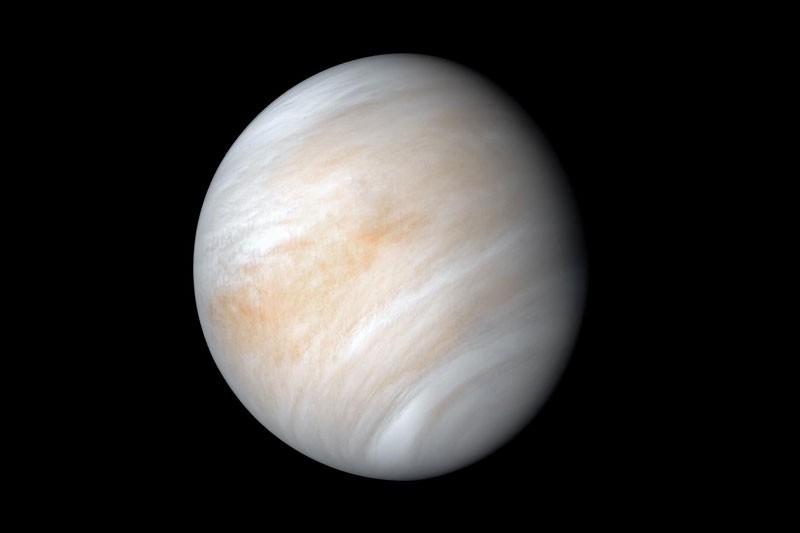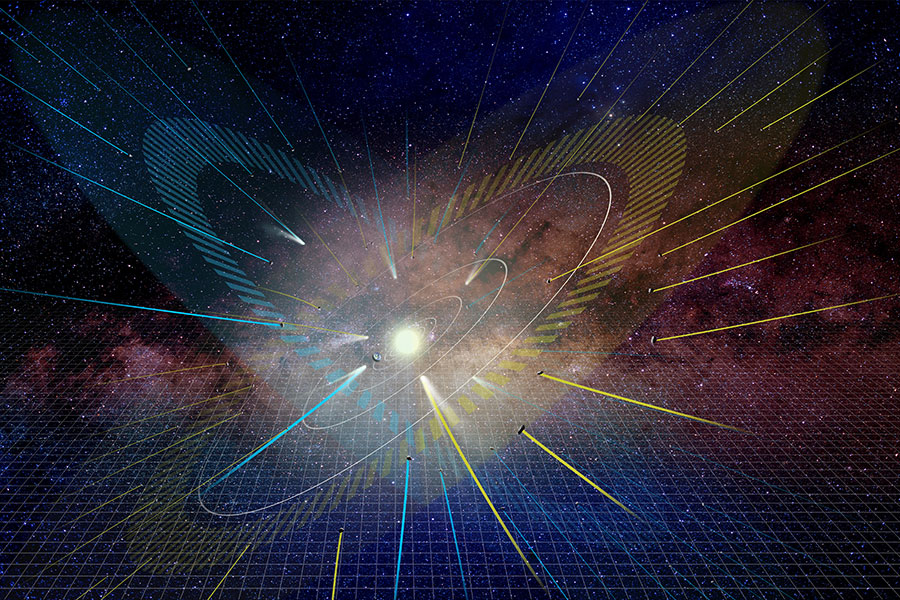
According to a new U.S. research it appears that the Universe is actually getting hotter as time goes on. The mean temperature of cosmic gas has increased more than 10 times and reached about 2.2 million K.

After an impressive night launch Sunday, the Crew Dragon Resilience docks with the International Space Station for a long-term stay. This is a new era of operational flights to the ISS from the Florida coast.

Until now, the source of Fast Radio Bursts was a mystery. Now astronomers at multiple institutions have pinpointed the FRB spotted in the Milky Way and conclude it most likely was generated by a magnetar.

New work reveals the likely original locations of Saturn and Jupiter. These findings refine our understanding of the Solar System's unusual architecture, including the ejection of an additional planet between Saturn and Uranus.

Recently, an international team of scientists, combined data from Kepler Space Telescope and Gaia Observatory revealed is that half of the Sun-like stars in our Universe could have rocky, potentially-habitable planets.

NASA scientists identified a molecule in Titan’s atmosphere that has never been detected in any other atmosphere - cyclopropenylidene, or C3H2. This simple molecule may be a precursor to possible life on Titan.

NASA has confirmed, for the first time, water on the sunlit surface of the Moon. This discovery indicates that water may be distributed across the lunar surface, and not limited to cold, shadowed places.

Previous research has shown that Io's atmosphere is dominated by sulfur dioxide gas. Now, astronomers could, for the first time, clearly see the plumes of sulfur dioxide (SO2) and sulfur monoxide (SO) rise up from the volcanoes.

NASA's asteroid sampling aircraft OSIRIS-REx, which touched asteroid Bennu last week, has collected such abundant quantity of asteroid particles that it is jammed open and these particles are leaking slowly in the space.

A team of U.S. astronomers have created the Pan-STARRS1 Source Types and Redshifts with Machine Learning (PS1-STRM), the world’s largest three-dimensional astronomical catalog.

A team of researchers claims they've discovered the amino acid glycine in Venus' atmosphere. There are about 500 known amino acids, but only 20 are present in the genetic code. Glycine is the simplest of them.

A SpaceX Falcon 9 rocket fired 60 more Starlink internet relay satellites into orbit Sunday from the Kennedy Space Center with another set awaiting launch Wednesday from the nearby Cape Canaveral Air Force Station.

Astronomers have found six galaxies lying around a supermassive black hole when the Universe was less than a billion years old. This is the first time such a close grouping has been seen so soon after the Big Bang.

It looks like we may have to update our theories on how stars and planets form in new solar systems. According to a new study, it looks like planets and stars can form and grow up together.

Almost all the objects orbiting the sun live in a particular plane. But a recent analysis of long-period comets reveals a second plane and it may be populated with comets.